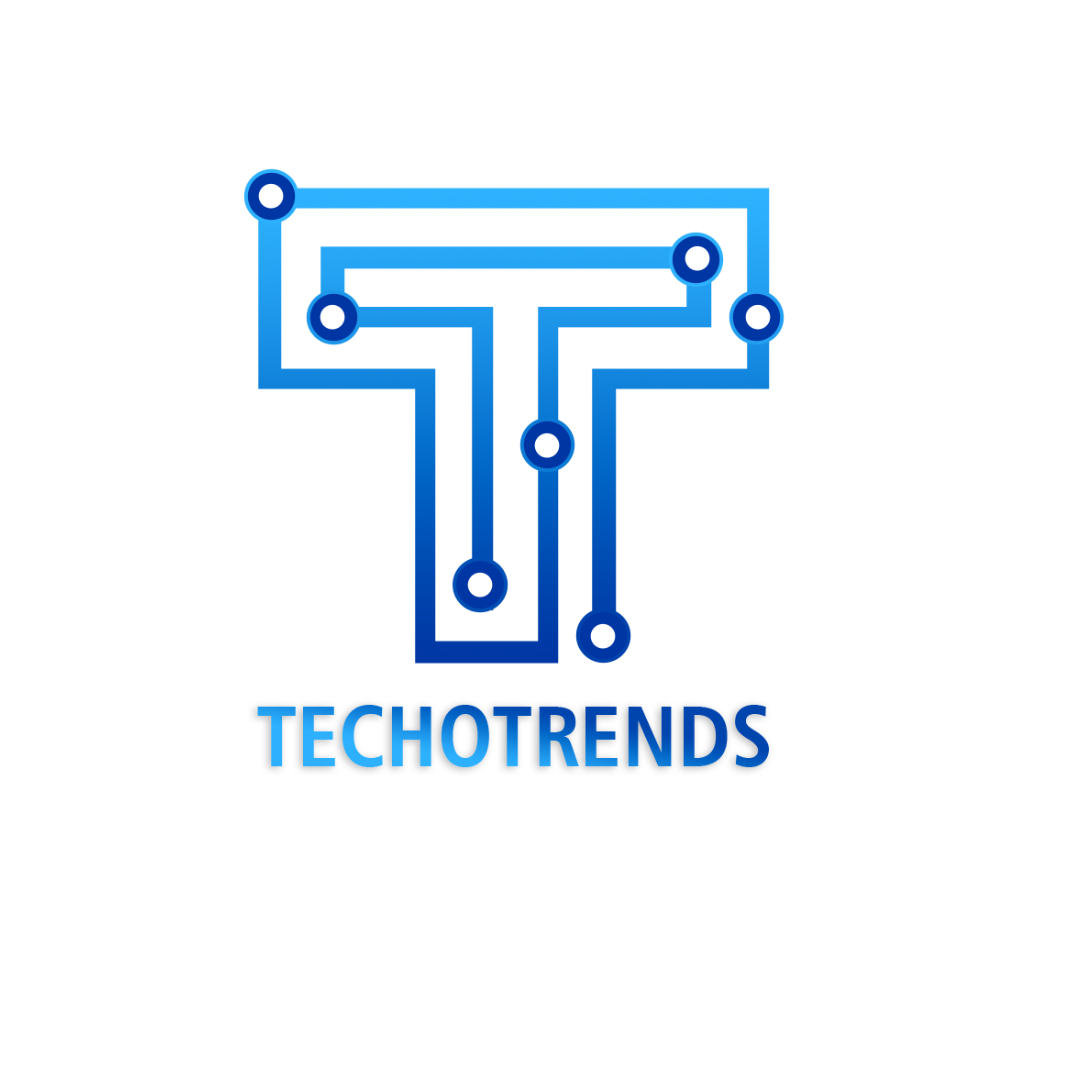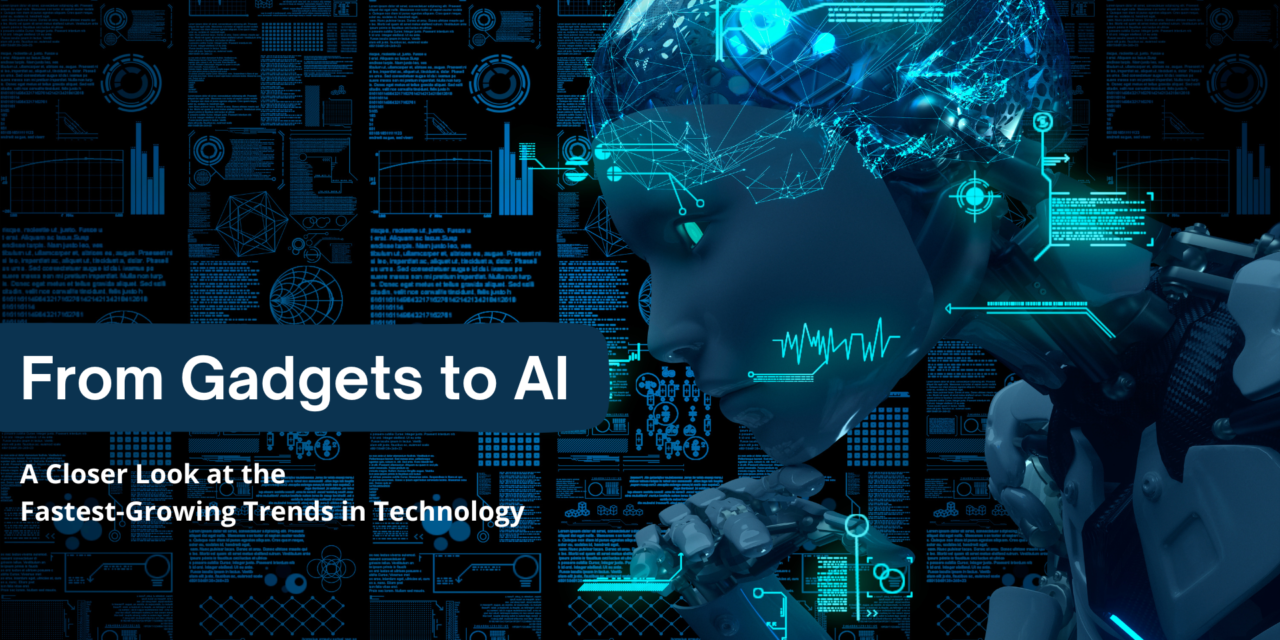Introduction
It’s easy to get caught up in the latest technological trends. Whether it’s a new app or a new gadget, there is always something that everyone seems to be talking about. The tech world moves quickly and often, so it can be hard to keep up with what’s going on right now and what’s coming next. To help you out, we put together this list of the fastest growing trends in technology right now:
Fintech
Fintech is a branch of technology that deals with financial services. It’s used to provide financial services to consumers and businesses, and it can include everything from mobile apps for paying bills or investing in cryptocurrencies to automated trading algorithms that help you make better decisions about your money.
Fintech companies are popping up all over the world–from Silicon Valley to London and even emerging markets like Kenya. There are many different types of fintech companies: some focus on providing loans through mobile devices, others offer peer-to-peer lending platforms where investors can fund small businesses directly through an app (like Kickstarter but with less risk). And then there are those who specialize in cybersecurity solutions for banks or hedge funds; these companies ensure that their clients’ sensitive information stays safe from hackers by monitoring their networks 24/7 via artificial intelligence software programs
Smart Cities
Smart cities are cities that use technology to improve their citizens’ quality of life. A smart city uses sensors, cameras and other devices to collect data about its infrastructure and environment. The collected data is used to make decisions about how to run the city better–from improving traffic flow during rush hour or reducing pollution levels in certain areas.
Smart cities also have more advanced technology than traditional ones do: they may have self-driving cars or smart streetlights that turn themselves off when no one is around (saving energy). They might even have apps that tell you where the closest parking spot is at any given moment!
The benefits of living in a smart city include lower crime rates thanks to increased police presence through cameras; fewer accidents caused by malfunctioning stoplights; cleaner air as a result of cleaner vehicles; less pollution from fewer cars on the road because people don’t need them anymore thanks to self-driving vehicles…the list goes on! But there are some challenges too: privacy issues stemming from constant surveillance by both private citizens’ cell phones/cameras as well as public surveillance systems installed by governments themselves; cost issues related specifically towards building infrastructure capable enough handle all this new technology without breaking down over time.
AI
AI is the future of technology. It’s already being used in many applications and will continue to change the way we live, work and play.
AI has been used to diagnose cancer, predict earthquakes and help doctors make better decisions about patient treatment plans. AI can also be found in virtual assistants like Siri or Alexa that are programmed to answer questions without human intervention; self-driving cars that use cameras combined with artificial intelligence software to help them navigate complex roads; computer games where players battle against each other using characters controlled by AI algorithms rather than human beings; voice recognition systems that understand speech patterns so well they can respond appropriately when someone calls out commands like “Hey Alexa” instead of simply saying “Alexa.”
Augmented Reality and Virtual Reality
Augmented reality and virtual reality are two of the most exciting technologies in today’s marketplace. They have been around for several years, but they’ve really taken off recently as developers have learned how to make them more accessible and affordable. As a result, we’re seeing these technologies being used in all sorts of ways by businesses–from marketing campaigns to educational programs–as well as by consumers who want an immersive experience when it comes to gaming or watching movies or TV shows.
The difference between augmented reality (AR) and virtual reality (VR) is that AR adds digital elements onto real-world objects while VR completely replaces them with computer-generated images that you can interact with using special goggles or gloves. For example, if you were using an app like Pokémon Go on your phone and wanted to catch one at home instead of going out into nature where there might be real creatures roaming around instead of just pixels on screen then this would be considered AR because even though there aren’t any actual animals running around outside your house they would appear as though they were there based solely on what was shown through cameras mounted above doorways.
Blockchain in Business
Blockchain is a shared, distributed ledger that can be used to record transactions between two parties efficiently and in a verifiable and permanent way. It first emerged as the underlying technology behind cryptocurrencies like Bitcoin and Ethereum. But now, companies are finding other ways to use this technology for things like financial transactions, identity management, record keeping, transparency and smart contracts.
Blockchain’s many uses include:
Financial Transactions – Banks use blockchain technology to execute cross-border payments by eliminating middlemen such as banks or other financial institutions (like PayPal). This saves time on processing payments while increasing security because no single party controls all information about a transaction at any given point in time; instead it’s stored across multiple servers that must all agree before executing an action (like sending money).
Identity Management – Blockchain isn’t just good for keeping track of cryptocurrency funds; it can also help verify people’s identities online by linking them directly back through their social media profiles or phone numbers rather than relying solely on passwords or PINs which could be stolen by hackers if not properly secured with two-factor authentication systems (or “2FA”).
Automation and Robotics
Automation and robotics are changing the way we work. Automation is a great way to save time, money and resources. Robots can help with repetitive tasks like picking items off of a conveyor belt or sorting products into bins. They can also take on dangerous jobs like welding in an industrial setting where human safety is at risk.
In addition to their practical uses, robots are fun too! Many people enjoy building their own robots out of Lego kits or coding them from scratch on computers using Scratch software developed by MIT Media Lab’s Lifelong Kindergarten Group (LKG).
Whether you’re interested in building your own robot or just want to learn more about how these machines work, here are some resources:
Conclusion
I hope this article has given you some insight into some of the fastest-growing trends in technology. If there’s one thing we can all agree on, it’s that the future is going to be exciting!





